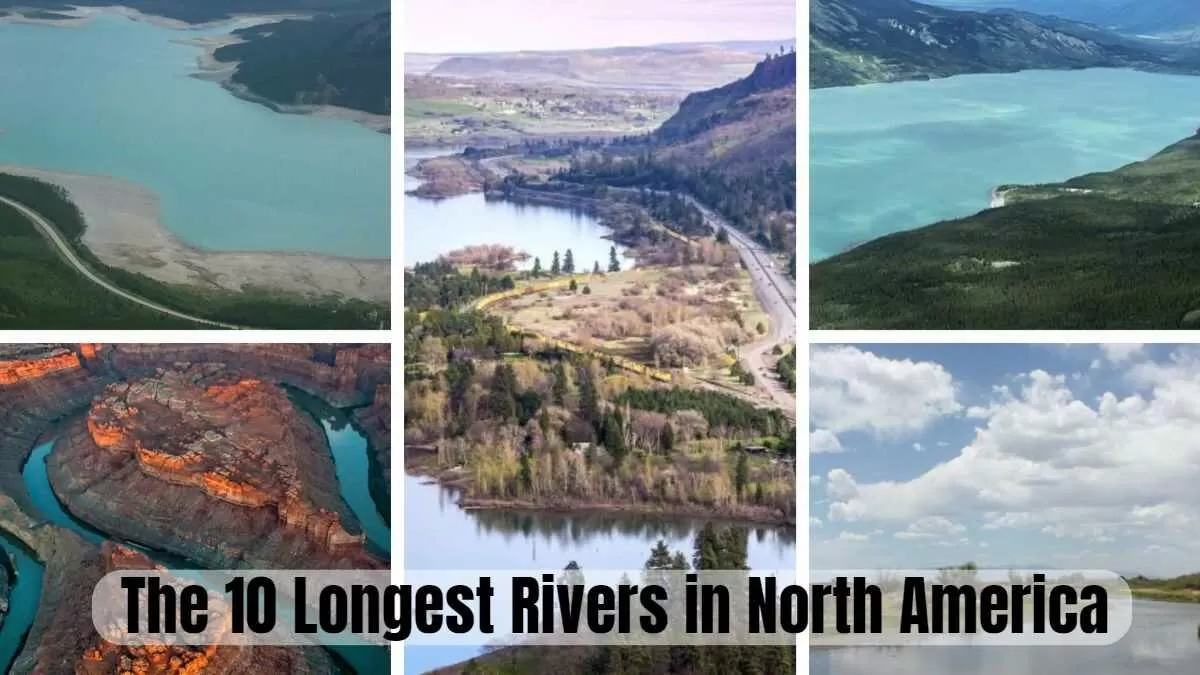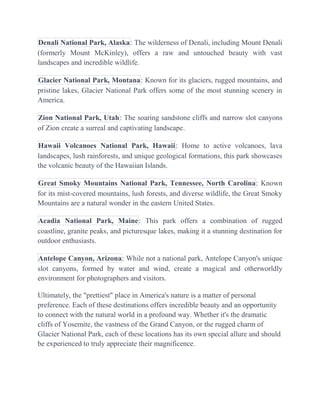The North American moose species, also known as Alces alces, are the largest members of the deer family. Native to North America, these majestic creatures are primarily found in the boreal forests of Canada and parts of the northern United States.
Moose are known for their distinctive appearance, which includes large palmate antlers and a long, dark brown coat. They are herbivores and graze on a variety of plants, twigs, and aquatic vegetation. Due to their size and unique biology, moose play a crucial role in their ecosystems.
Despite their popularity in folklore and hunting culture, these iconic animals face threats from habitat loss, climate change, and predation. Understanding the biology and behavior of the North American moose species is essential for their conservation and management.

Credit: medium.com
Contents
Origins And Distribution
The North American Moose Species have a fascinating history of migration and adaptation in the wild.
Historical Range
- Moose were once widely spread across North America, from Alaska to eastern Canada.
- They thrived in forested regions and swamps, areas rich in vegetation and water sources.
- Their historical range extended as far south as Colorado and Appalachian Mountains.
Current Distribution
| Region | Distribution |
|---|---|
| Alaska | Moose are abundant in the Alaskan wilderness region. |
| Canada | Mainly found in the forested areas of western Canada. |
| Northern United States | There are significant populations in states like Maine and Minnesota. |
Physical Characteristics
When looking at the North American Moose species, their physical characteristics are fascinating. From their impressive size and weight to unique antlers and body features, these majestic creatures are truly remarkable.
Size And Weight
The North American Moose is known for its immense size and weight. They can weigh up to 1,500 pounds and stand as tall as 6.5 feet at the shoulder.
Antlers And Body Features
- Moose have large, palmate antlers that can span up to 6 feet wide.
- They have a long, overhanging snout and a dewlap beneath the chin.
- Their fur is thick and shaggy, providing insulation in the cold climates they inhabit.
Behavior And Habitat
The North American moose is a fascinating species known for its unique behavior and preferred habitats. Understanding the behavior and habitat of moose is essential for conservation efforts and gaining insight into their way of life.
Feeding Habits
Moose are herbivores with a diet consisting mainly of browse, such as woody plants and aquatic vegetation. They are also known to consume leaves, bark, twigs, and a variety of shrubs. Their feeding habits are characterized by the ability to consume large quantities of plant matter to support their immense size and energy requirements.
Preferred Habitats
The moose’s preferred habitats are generally characterized by the presence of dense forests with abundant understory vegetation and access to bodies of water. These environments provide ample food sources, shelter, and protection from predators. Moose are often found in boreal and deciduous forests, wetlands, and areas with a mix of open spaces and dense vegetation. In addition, they have adapted to various landscapes, including mountainous regions and areas near rivers and lakes.

Credit: www.jagranjosh.com
Conservation Status
The conservation status of the North American moose species is of concern due to habitat loss and climate change. As their populations decline, efforts are being made to protect these iconic animals through habitat conservation and sustainable management practices. Increased awareness and conservation efforts are crucial to ensure the survival of the North American moose species for future generations.
The North American Moose species, known for its impressive size and unique antlers, faces various challenges that impact its conservation status. Understanding these threats is crucial to ensure effective conservation efforts are put into place. By focusing on the preservation of their habitats and implementing strategies to manage the risks they face, we can work towards safeguarding the future of this magnificent animal.Threats And Challenges
The North American Moose species faces several threats and challenges that contribute to its endangered conservation status. These include:- Loss of habitat due to urban expansion: As cities grow and develop, the natural habitats of moose are greatly affected, leading to fragmentation and loss of natural spaces.
- Climate change and alteration of ecosystems: The rapidly changing climate has a direct impact on the moose species. Rising temperatures, altered precipitation patterns, and changes in vegetation affect their ability to find suitable food and survive.
- Deforestation and logging: The clearing of forests for timber and other human activities disrupts the moose’s natural habitat, limiting their range and ability to find adequate food and shelter.
- Predation and competition: Increased predation from wolves and bears, along with competition from other herbivores like deer and elk, puts additional pressure on the moose population.
Conservation Efforts
Efforts to conserve the North American Moose species are essential to ensure its survival and prevent further decline. Some of the key conservation initiatives include:- Protected areas and wildlife reserves: Establishing protected areas and wildlife reserves, with strict regulations on hunting and habitat protection, provide safe spaces for moose populations to thrive.
- Habitat restoration and land management: Implementing strategies to restore and manage moose habitats, such as reforestation and controlling invasive species, helps create suitable environments for them to flourish.
- Research and monitoring: Conducting research and monitoring programs to understand the population dynamics, behavior, and ecological requirements of the moose species helps inform conservation strategies and adaptive management.
- Public education and awareness: Raising awareness about the importance of moose conservation through educational programs, public events, and media campaigns helps garner support and promotes responsible actions towards their preservation.
Human Interaction
Human interaction with North American moose species has both economic and cultural significance. These majestic creatures have a profound impact on the local communities and play a crucial role in shaping the region’s economy and cultural identity.
Economic Impact
The presence of North American moose species has a significant economic impact on the regions where they reside. Their popularity among wildlife enthusiasts and tourists attracts visitors from around the world, boosting local tourism industries, hotels, and recreational activities.
Moose-watching tours and wildlife safaris have become popular attractions, helping generate revenue for local businesses. Restaurants, souvenir shops, and transportation services benefit from the influx of tourists who come to witness these magnificent creatures in their natural habitats. This economic activity not only creates employment opportunities but also contributes to the sustainable development of the region.
The hunting industry is another aspect of the economic impact. Moose hunting, under regulated conditions, provides recreational opportunities and contributes to wildlife conservation efforts. It also creates a market for hunting guides, outfitters, and equipment manufacturers.
Cultural Significance
The North American moose species holds immense cultural significance for indigenous communities and residents of the regions they inhabit. They are often regarded as iconic symbols of wilderness and natural abundance.
Indigenous cultures have a deep connection with the moose, using its meat, hide, and antlers for sustenance, clothing, and tools. Moose hunting has been an integral part of their cultural traditions and is often accompanied by rituals and ceremonies that celebrate the relationship between humans and nature.
Furthermore, the moose has become a beloved figure in regional folklore, literature, and arts. Their imposing size and striking appearance have inspired many legends and stories, highlighting their strength, resilience, and adaptability. Artists often depict moose in paintings, sculptures, and other forms of artistic expression, capturing the essence of the animal and its significance to the local culture.
In conclusion, North American moose species have a profound impact on human interaction, both economically and culturally. Their presence attracts tourists, contributes to local economies, and sustains indigenous cultural traditions. As such, preserving their habitats and ensuring their conservation is not only important for the environment but also for the well-being of the communities that cherish these magnificent creatures.

Credit: www.slideshare.net
Frequently Asked Questions On North American Moose Species
What Is The Average Size Of A North American Moose?
The average size of a North American moose is around 7 to 9 feet tall at the shoulder, weighing between 800 and 1,600 pounds. Males, known as bulls, are generally larger than females, called cows. The size of moose can vary depending on their subspecies and location.
Where Can I Find North American Moose?
North American moose can be found in various regions of North America, including Alaska, Canada, and parts of the United States. They inhabit areas with dense forests and wetlands, preferring habitats that provide a mix of vegetation, water sources, and shelter from predators.
What Do North American Moose Eat?
North American moose are herbivores and primarily feed on a variety of plant materials. Their diet typically consists of leaves, twigs, bark, aquatic plants, and shrubs. Moose are selective eaters and can consume large amounts of vegetation per day to meet their nutritional needs.
Conclusion
The North American moose species are an iconic symbol of the region’s wildlife and natural beauty. By understanding their habitat, behaviors, and conservation efforts, we can ensure their continued existence for future generations. It’s crucial to appreciate and protect these majestic creatures for the well-being of our ecosystems.



